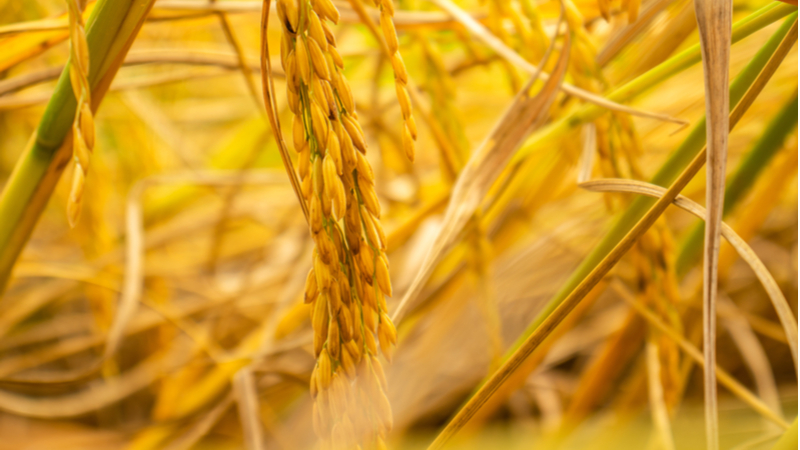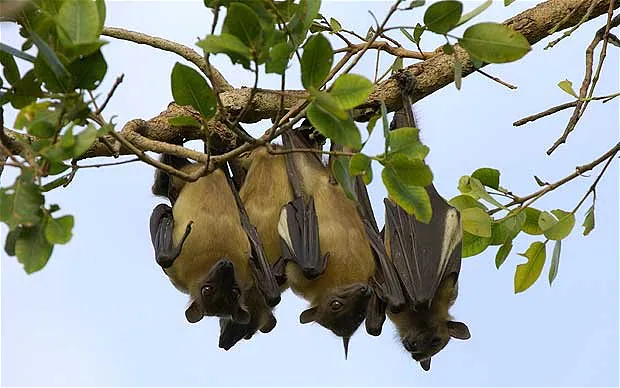“This rice could save a million kids a year”, read the July 2000 cover of Time Magazine, referring to a genetically modified rice, “Golden Rice”, that had been biofortified with life-saving nutrition. But in the nearly two decades that have passed since then, the cultivation of genetically biofortified crops, such as Golden Rice, to help solve the global humanitarian crisis of “malnutrition” remains elusive.
One major reason for the delay has been the systematic opposition to all forms of GMOs and genetic engineering by radical interest groups including Greenpeace and many Green party politicians, particularly in Europe. On December 18th, 2019, the Philippines joined a growing list of countries granting a permit for Golden Rice as food and feed, and for processing – a major milestone in making it available to the people who need it most.
So, let’s consider the facts.
Over two billion people worldwide continue to suffer from hidden hunger, or the lack of essential micronutrients, which impairs the physical and cognitive development of children, productivity in adults, and quality of life for all. There is a case to be made here for agricultural biotechnology, specifically in the context of biofortification to improve the nutritional value of staple crops through various means, including transgenic biofortification and genome editing. Biofortification allows for the delivery of additional life-improving and life-saving nutrients without the need to change dietary choices or preferences, and at relatively low cost. The potential benefits are especially pronounced in developing countries like the Philippines and Bangladesh, which suffer from high rates of malnutrition.
The cost of malnutrition in all its forms is unacceptably high, at 3.5 trillion USD per year worldwide. In the Philippines, the projected annual national economic burden of malnutrition is more than 4.65 billion USD per year, of which 33 million USD is attributable to Vitamin A deficiency. The relative affordability of biofortified crops like Golden Rice may make a world of difference to households who are most in need and yet least able to afford nutritious food. In Bangladesh, which has an average daily per capita rice consumption of 367g, ultra-poor households spend three-quarters of their income, or 75 out of 100 taka, on rice. Oftentimes, fruits, vegetables, eggs are not only unaffordable but also unavailable on a regular basis in marginalized and hard-to-reach communities. When rice is all that a nutrition-deficient household can afford, it is unconscionable to push for the adoption of a nutritional intervention that will financially burden its target communities. Coupled with a relatively longer shelf life, Golden Rice is therefore an affordable complement to a diet when access to other vitamin A-rich foods is difficult or lacking.
Global public goods like Golden Rice are developed with a clear humanitarian purpose and in partnership with national research organizations in the countries where they are intended for adoption. The nomer of “Golden Rice” does not refer to a single line or variety. Rather, it is the result of technology that has been extensively researched and introduced into local varieties that are most consumed by the communities that need it most in their respective countries. This ensures that the developed product meets the needs and preferences of its target communities, and that appropriate deployment mechanisms are established to sustain adoption. In the case of Golden Rice, consumer benefit is established: its beta-carotene content can provide up to 50% of the estimated average requirement for Vitamin A. Initial estimates are even higher, with beta-carotene content ranging from 357-561 μg/day for every 100 g of raw Golden Rice But whether it is adopted or not depends entirely on farmer and consumer preference.
In addition to helping solve immense public health issues through biofortification, agricultural biotechnology also holds enormous potential to contribute more substantially to other Sustainable Development Goals. Already today, more than 14 million farmers grow GM cotton on smallholder farms in Asia (comprising the vast majority of farmers who have adopted GM crops globally) in order to increase yields and improve farm safety and sustainability by lowering the cost of and need for inputs. Many other GM crops have also been developed around the world by public research institutions. Examples of biotech crops which have made it to market include virus resistant papaya (in Hawaii)and insect resistant aubergines (in Bangladesh), which help to reduce the need for chemical control. A number of GM crops with health benefits also exist, such as soybeans to produce healthier oils, low acrylamide potatoes, and insect resistant maize, which significantly reduces naturally occurring mycotoxins that cause problems also in European maize harvests.
However, the majority of ag biotech innovations have unfortunately not had the immense financial resources needed to get safe GM crops through the regulatory process. In the EU, GM import approvals typically take six years and cost 11 to 16.7 million Euros. The costs and waiting times associated with such approvals are preventing public institutions from investing in ag biotech solutions to solve global challenges. The same EU predicament now also applies to genome edited crops, even if they do not have any ‘added’ genes. With the EU’s stringent stance towards GMOs based largely on anti-corporate sentiment campaigns, and the false impression that GMOs are strictly the territory of profit-driven innovation, we tend to forget that these same technologies are also developing parts of the solution to help the poorest of the poor attain decent lives and livelihoods. Also, the majority of ag biotech solutions listed above are of course not available to European farmers, with the exception of one single type of insect resistant maize, which is available to Spanish and Portuguese farmers.
Those of us working and advocating for Golden Rice look forward to the day that regulatory approvals will allow us to respond to societal challenges. While the evaluation process has taken much longer than intended, this underscores the presence of regulatory protocol to independently assess the Golden Rice biosafety dossier which has already received food safety approvals in the United States, Canada, Australia and New Zealand.
It is unfortunate then that regulatory delays in some parts of the world are held by critics, especially in Europe, as proof that the product is ineffective and unsafe. Yet any action taken to provide and assess the data needed to demonstrate its safety and benefits is viewed as an attempt to force feed Golden Rice to communities who need it the most. We sincerely hope that European decision makers will have the courage to listen to the science, given also that Europeans today are much less concerned with GMOs than they were a decade ago. After 25 years of millions of farmers growing GM crops, now on about 12% of the world’s fields, it would only be reasonable for Europe to look at the evidence surrounding the proven safety of GM crops, instead of demonising a technology which can and does provide multiple benefits.
SOURCE: Time Magazine





